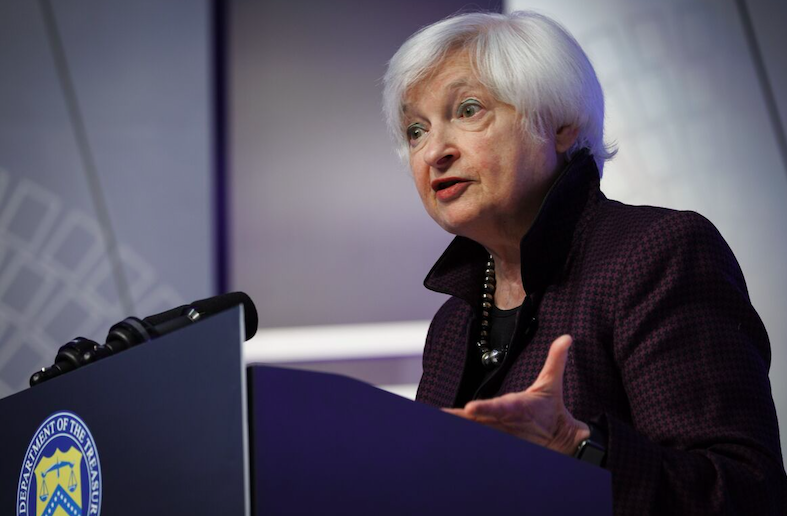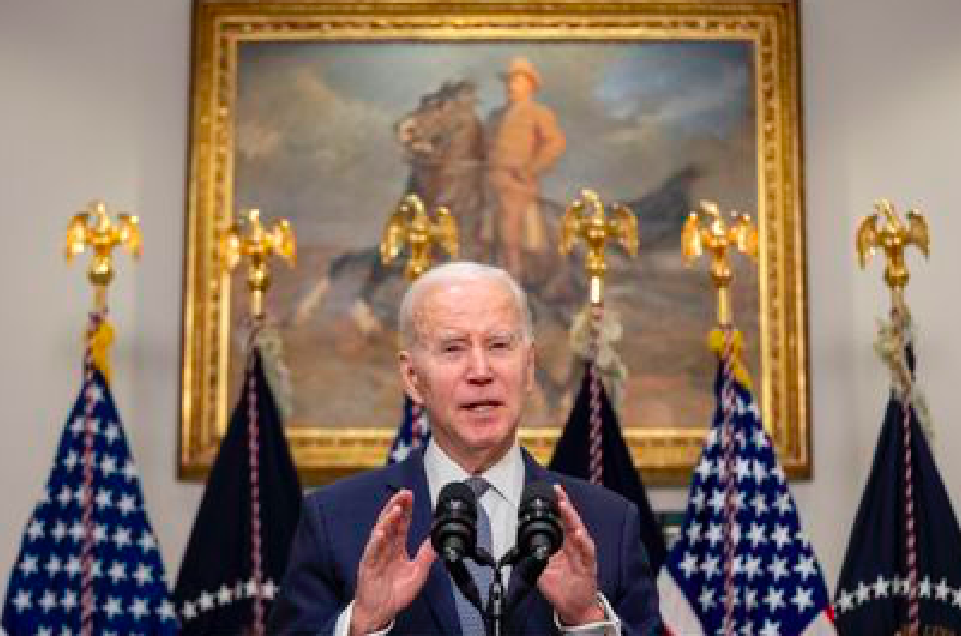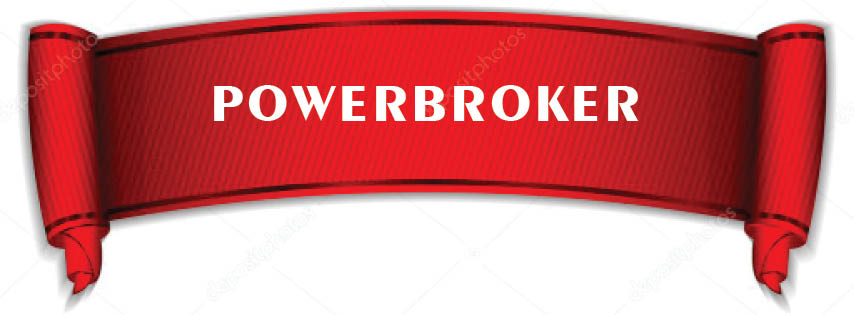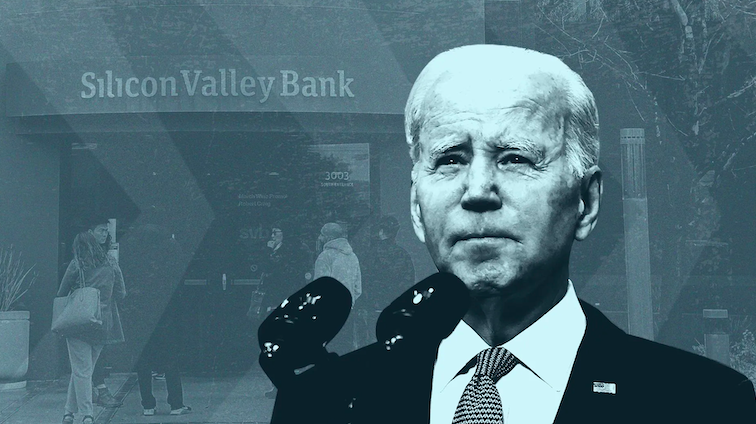Sunday Morning / March 19, 2023
Silvergate Bank collapsed on March 8; Silicon Valley Bank on March 10; Signature Bank on March 12. These are the first banks to collapse since the 2008 Financial Crisis, and are considered the second and third largest bank failures in American history.
The Federal Reserve’s discount window lent various U.S. banks $153 billion this week, and an additional $12 billion in emergency funding, though wouldn’t disclose how many banks have and continue to borrow. On Thursday, a consortium of eleven U.S. banks came together to inject $30 billion into the First Republic Bank.
It’s the afterglow of COVID-19, as aftershocks of stimulus and inflation on the bank’s Treasury securities roil U.S. bank runs into contagion.Silicon Valley Bank
An estimated 4,000 banks failed in 1933, depositors saw their life’s savings vanish instantaneously. While FDR initially resisted the Banking Act of 1933, it ultimately became synonymous with his New Deal, creating the FDIC and depositors insurance. One hundred years on, the FDIC ensures $250,000 in customer deposits.
Of little consequence to customers at Silicon Valley, the go-to bank for nearly half of all venture-backed tech startups since 1983. Triggered by a series of central bank-endorsed interest rate hikes amid a global inflation surge, SVB, with $150 billion in deposits largely uninsured, spooked its depositors when it revealed it was selling stock to raise $2.25 billion against long-term securities it lost to soaring interest rates. It was precipitated by three factors including: Treasury Securities
Theories are rife about which forensic details and factoids led to the Great Depression. Milton Friedman argues in A Monetary History of the United States,
What made the great contraction so severe wasn’t the downturn in business cycles, or the stock market crash, in and of themselves, but rather bank runs during three separate waves of panics between 1930 to 1933.
Bank runs or collapse occurs when numerous customers withdraw their cash simultaneously, generally fearing they won’t be able to access their deposits. Because banks lend their customer’s deposits to new customers, often at extraordinary interest rates, they seldom have all their deposits on hand, investing instead in U.S. Treasury securities as collateral.
They are the core of financial markets, considered to be free of credit risk, and are sold at public auctions. Owning a bond results in a stream of periodic interest payments and pay out when the bond matures. However, bonds are subject to risk.

Treasury Secretary janet Yellen
In reaction to COVID-19, the U.S. Treasury Department ramped up its borrowing by over $6 trillion to pay for the 2.2 trillion CARES Act. In fact, the federal government enacted six pieces of legislation in all, estimated at $5.3 trillion, auctioning off U.S. Treasury Bonds to pay for them.
Meanwhile, SVB’s deposits were soaring from $62 - $124 billion from March 2020 through March 2021 thanks to low interest rates on their Treasury notes and bonds yielding. As interest rates rose to 4.5 percent in the last year — designed to slow down markets, hiring and wage growth — they began wreaking havoc on bank balance sheets. Federal Deposit Insurance Corporation Chairman Martin Gruenberg explains,
As a result of the higher interest rates, longer term maturity assets acquired by banks when interest rates were lower are now worth less than their face values.Regional Banks
Silvergate, Silicon Valley, and Signature banks round out an historic week of three bank failures that are expected to begin pressuring regional banks next week, reducing available financing in commercial real estate and further slowing commercial property development. The bellwethers of a looming recession.
President Joe Biden sought to assure customers of Silvergate, Signature, and Silicon Valley Banks that their money was safe on Monday — insured by the Deposit Insurance Fund — but said investors in the failed banks’ securities aren’t going to get the same guarantee. He spoke from the Roosevelt Room in the White House:
Investors in the banks will not be protected. They knowingly took a risk and when the risk didn’t pay off investors lose their money. That is how capitalism works.
Treasury Secretary Janet Yellen spoke to that precisely when urging members of the U.S. House of Representatives on Friday to “continue borrowing and raise the federal debt ceiling without conditions,” warning that a default will cause the nation’s “economic and financial collapse.”The Central Bank
Created by Congress in 1917, the debt limit or ceiling sets the maximum amount of outstanding federal debt the U.S. government can incur. As of March 2023, the total national debt and debt ceiling both stand at $31.4 trillion.
The U.S. government has run a deficit averaging nearly $1 trillion every year since 2001, meaning it spends $1 trillion more on government operations than it collects in taxes. As a side hustle, it auctions off Treasury bills, notes and bonds. And that, as they say, is how capitalism works.
However, President Theodore Roosevelt said it this way:

Jpe Biden in the Theodoe Roosevelt Rom in the White House.
Certainly I believe a central bank would be good, but I doubt whether our people would support the scheme at present. The inevitable popular distrust of big financial men might result very dangerously if it were concentrated upon the officials of one huge bank.








